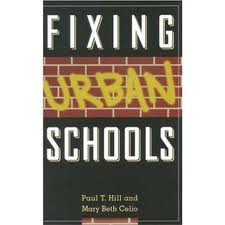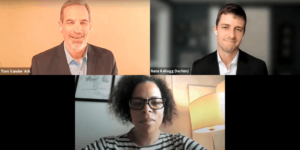What urban school district improvement strategy will work best? In A Tale of Five Cities, Neerav Kingsland pondered that question. He considered reforms in Memphis, New Orleans, Newark, Philadelphia, and Washington DC and concluded that “Over a twenty year period, here is how I think district strategies will perform over time, with the highest-performing (in terms of achievement growth) listed first:
- Cities that develop charter districts, devote significant resources to human capital, and thoughtfully regulate charter authorization will outperform everyone else.
- Cities that focus significantly on human capital and increasing the performance of direct-run schools will come in second.
- Cities that develop charter districts and have poor human capital strategies and weak charter regulation will come in third.
- Cities that poorly execute on directly running schools will come in fourth.
He will be proven right about the prediction, the early evidence is pretty clear about that. Surprisingly, he thinks, “There is much debate on which strategies will lead to marginal improvements, which will lead to major change, and which can actually be scaled.”
I think the reform community (i.e., New Schools Summit attendees) agree on
portfolio approach that includes closing bad schools, opening new charters and aggressively to improve the rest. The difference in the cities that Kingsland considered has more to do with context than strategy.
No question, there are a lot of traditional superintendents taking a curriculum & instruction plus human capital approach to improvement (like Bev Hall implemented in Atlanta). The incremental improvement from this strategy simply can’t deliver the step function improvement needed in urban districts.
If Kingsland had considered Boston, Chicago, and New York, he may have added a category between 1 and 2 for portfolio districts where policy and politics limit the number of charters they can open and where strong accountability is combined with strong improvement efforts.
Many adherents to the portfolio theory will gather Wednesday at UW to celebrate Paul Hill’s monster contribution to the field.









0 Comments
Leave a Comment
Your email address will not be published. All fields are required.